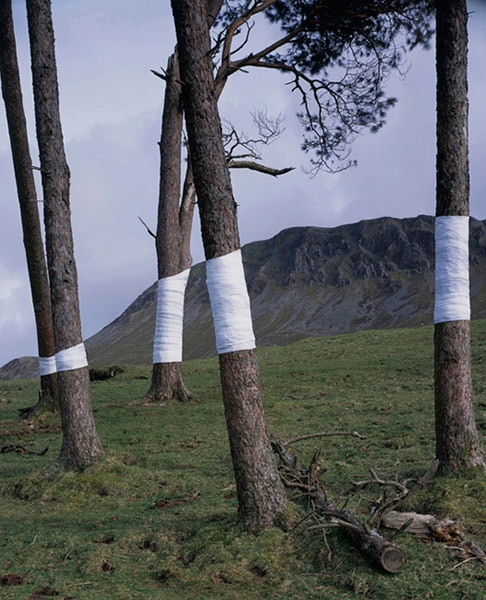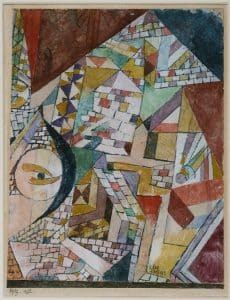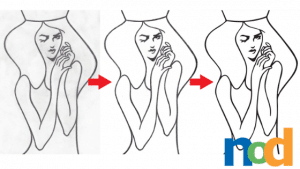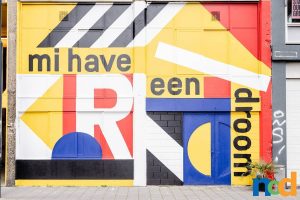Audience Participation in Art and Design
by Clara LaFrance | January 23, 2012

Banksy is a British graffiti artist and painter (the name “Banksy’ is a pseudonym; rumors abound as to who the real Banksy is though none are confirmed). He is best known for his satirical, often political stenciled designs in the U.K. The best-known pieces are graffiti and therefore considered vandalism by British authorities. They’re often scrubbed out as quickly as they’re put up in an ongoing attempt to keep public areas free of graffiti, giving the pieces a feel of the ephemeral; it won’t be here long.
I’m not going to argue about the validity, legality, or legitimacy of his work. What I’m going to comment on is the inclusion of the audience as an integral part of his work.
Nicholas Barber, a film critic, writes about his own “Banksy Experience” here. The description of the piece focuses on his personal experience of stumbling across it, considering its meaning, its origin and its ephemeral nature. That’s more to consider on a morning commute than a large latte.
Barber comments on the surprise and delight in “finding a Banksy,” and this positive emotion is carried through and applied to the entire piece. The charmed surprise at the unlikely discovery, the question of authenticity, the mystery of the psuedonym combined with the temporary nature (as British authority have come down on graffiti, which this, technically, is) makes the work quite alluring.
Why?
The viewer is expressly and specifically involved
Banksy’s pieces often require the viewer to mentally fill in the gap. The viewer is an integral part of the piece; the action of stumbling upon the painting unexpectedly in the first place is the very first step in a Banksy piece. His pieces are scattered around the United Kingdom, on street signs, on abandoned buildings, on sea walls. Finding one takes the viewer off-guard; no one expects art on the way to work in the morning.
A rat is stenciled in a universal No sign under the words No Stopping. The sign turns from a common traffic sign to a commentary on the 9-5 workers’ rat race; the No symbol is now a rat exercise wheel.

Simple.
Or not.
Often, the piece relies on the commonality of the audience, of the collective consciousness.
What can we take from Banksy’s art as artists ourselves?
Certainly I do not think we should all start running around painting on all the walls in our hometowns under the cover of night. But I do think that we could all stand to consider the part of the audience in our work and the role that the audience can play. The viewer does not have to be passive. In fact, the viewer can be a very active part of art. How can we, as artists, engage our audience to create an experience that the audience will remember and retain? How can we, as designers, create work that leaves a strong and clear message?
Barber’s description focuses on his personal experience, starting with the moment he sees the piece unexpectedly. The moment of unexpectedness is described as “lucking into a new artistic experience.” Who wouldn’t want their art described that way? By inviting the audience to close the visual gaps, we’re including the audience in our process.
This piece uses white paper wrapped around trees to follow the horizon and blend in with to the greater backdrop of mountains or horizon line. What would it be like to come across this piece as a hiker?
Installation art invites the audience to literally take part in a piece, the audience IS the process. In this case, the process is the art; the series of photos during the process is art, and the final ‘product’ is art, as well.

This Yoga instructor created a flexible business card that requires the reader to twist it to read the contact information.
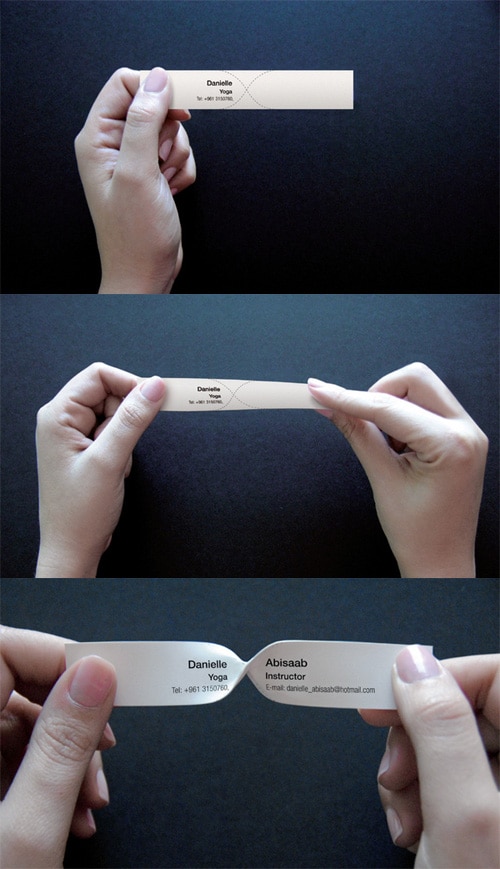
The Food writers’ guild logo is reminiscent of the optical illusion of the vase and two faces in the negative space. Not only does the viewer see a pen then a spoon, but makes the next leap of logic to connecting the symbols to the activities they each represent.

Each of these are clever or charming, and each one leaves a distinct impression on the audience, because each one requires input from the viewer. By continually respecting the intelligence of your audience and leaving a small mental task to be completed, you have connected with your audience. By not underestimating the audience, we can all create brilliant and beautiful work.

Clara LaFrance is a freelance graphic designer when she is not pursuing her dreams as a circus teacher and performer. Clara has an M.F.A. in graphic design from Boston University.
If you are interested in developing your graphic design skills, Sessions College offers a range of graphic design courses for students at all levels. Contact Admissions for more information.


